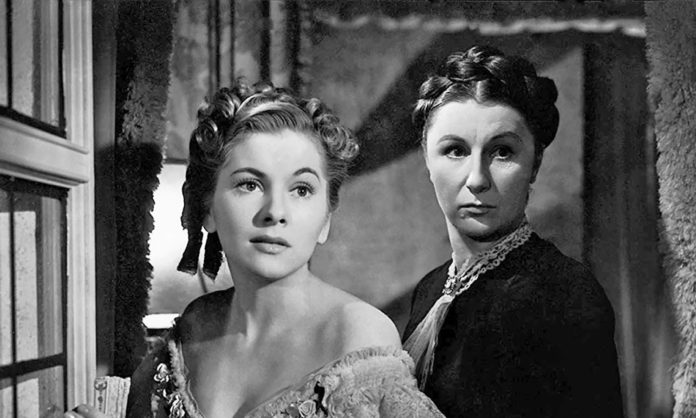In a guest post on Jane Friedman’s blog, Hannah Kate Kelley examines the elements of gothic fiction and suggests ways to outline a gothic novel. “These stories typically feature a hauntingly beautiful and dilapidated setting, suspenseful narratives, and dark themes like oppression, guilt, shame, and insanity,” she says. “Typically, a morally gray anti-hero will enter a vast, isolated and old estate that’s housing a terrible secret or a horrendous monster.”
While gothic fiction is attached to the horror genre, it also differs in several ways. Characters – including villains – are ambiguous and threats may be subtle or even imagined. The pacing may be slower and the ending unresolved. Kelley identifies nine genre conventions that may appear in a gothic novel.
- Conflation of the past and present. The past lives in the present, through prophecies, curses, family secrets, and trauma. Timelines may be blurred and supernatural occurrences feel more real.
- Supernatural activity. Literal or symbolic, magical elements, such as ghosts, vampires, and enchanted objects, abound in gothic fiction.
- Dilapidated settings. Settings are immersive and may have a life of its own. It also mirrors society’s moral decay and the mental decay of the characters. Popular settings include castles, mansions, bogs, graveyards, underground paths, cathedrals, and ocean cliffs. You’re likely to encounter rain, fog, thunderstorms, and high winds, mirroring the characters’ inner turmoil.
- The sublime. “These days, we tend to think of the sublime as fantastic and great, but back then the word was more akin to something both terrifying and awe inspiring, like standing at the foot of a massive, dark, violent ocean,” Kelley writes.
- Archetypal characters. Tropes include weeping women and ugly, dark-complexioned villains. Best to turn those on their head for the modern reader.
- Anti-Heroes. Gothic heroes are deeply flawed and may be social outcasts. Villains may be conventionally unattractive but also have an eerie charm, whether or not they are actually supernatural.
- Secrets. Family secrets, past trauma, and disguised characters are common themes, many of which veer into taboo topics.
- Portents. Dreams, visions, storms, dead flowers, or other symbols may signal that something terrible is about to occur. These may be revealed through curses, superstitions, and prophecies.
- Romance. Love and desire figure prominently, usually with the female protagonist caught between two pursuers who symbolize light and dark.
- Dark Themes. “Gothic fiction often examines the buried parts of our human nature and may focus on devolving characters and unreliable narrators,” Kelley writes.
Finally, Kelley suggests ways to outline a gothic novel, using the three-act structure and eleven key plot points. As she examines each plot point, she review examples from Charlotte Brontë’s Jane Eyre and Mexican Gothic by Silvia Moreno-Garcia.












